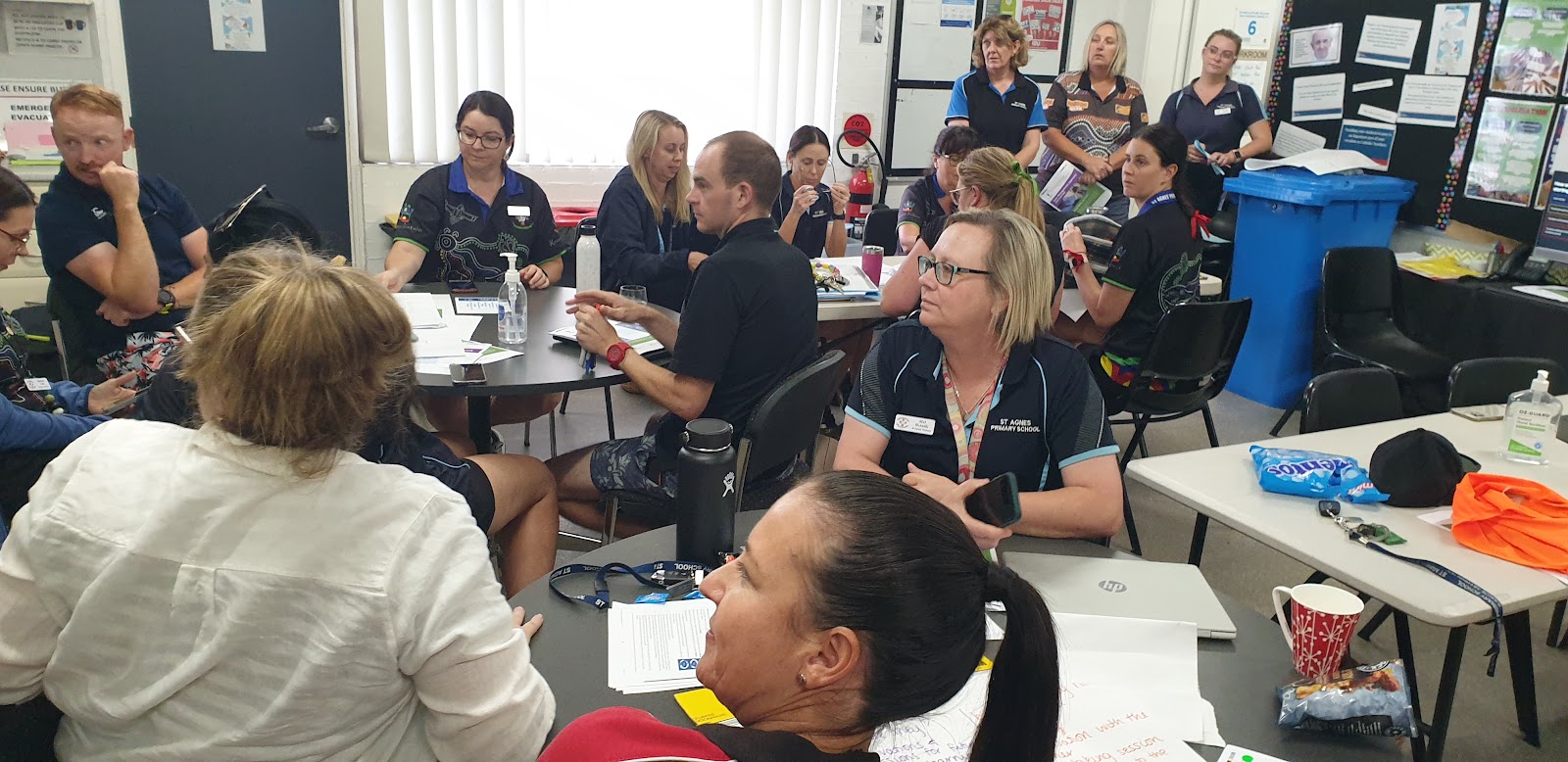Case Management Action and Review
At this weeks staff meeting we reviewed the CMM purpose, reflection and learnings – sharing in groups. Staff had all experienced a CMM.
Feedback from tables was the following. Some teachers reported that going back into the classroom armed with different strategies had resulted in growth, in fact some had seen immediate impact. Teachers recognised the value of only one strategy being taken away to implement, even if you want to work on them all. There was consensus that the process was quick and that we are already seeing results, offering us an opportunity to see a change that we can celebrate. Many of the strategies were simple and quick. Teachers found the CMM itself informative, with one teacher remarking how using EALD scales was new learning. For many what was surprising was the learning we attained from being a knowledgeable other (KO).
One teacher in particular shared her story – about a student that had not moved on the data wall. She remarked how hearing multiple strategies made her want to try them all. Instead, my seeking this help/feedback she has been able to refocus. She looks to celebrate the growth that this student makes in a specific area and encouraged others to go back and see your CMM team if needed - as she has.
The positives were written up on a post-it note.
Our staff also asked questions about the inclusion of the Teachers Assistant in the CMM. We know that Lyn is being very deliberate about who attends CMM. But what it highlighted was that perhaps we could use this CMM process to enhance communication.
The principal also shared her experience about sitting in for all CMM’s. Some grades may have spoken about what students they were bringing to CMM, being a spread of students, whereas other teams brought similar students.
Staff offered feedback about the process. Many thought it was valuable, beneficial and comfortable being involved. We discussed the importance of CMM not being a process time but something organic - resulting from instructional need. Staff then had the opportunity to go to the data wall and select there next child. They then discussed with their team who they might bring to their next CMM and why.
To capture the conversation we asked...
- Is there anything we need to tweak or change?
o When we share the template and work sample we need to also add any relevant task documents e.g. planning scaffolds or stimulus
o There was a suggestion of alternative times for CMMs to keep teachers in classrooms. (Before, lunch and after school we can stick to 20 mins).
o The importance of talking in PLT to decide students.
o The need to book on calendar independently – not through Office staff.
o That conversation at a PLT level is needed before and after regarding student selection
- How often will each teacher bring a student to a CMM?
o Some wanted to put a definitive number on the students per term (1-2).
o Some voice that having more than one student at a time running – does not mean that you are failing at instruction.
- How do we ensure CMM’s are happening in every grade?
o Staff acknowledged that PLTs offers them a time for sharing CMM successes and discussing data.
We then re-looked at the posters of 1, 6 and 14 and re-visited how the CMM process articulates the intervention needed, whilst the data wall helps with prevention (keeping students on track).










Comments
Post a Comment